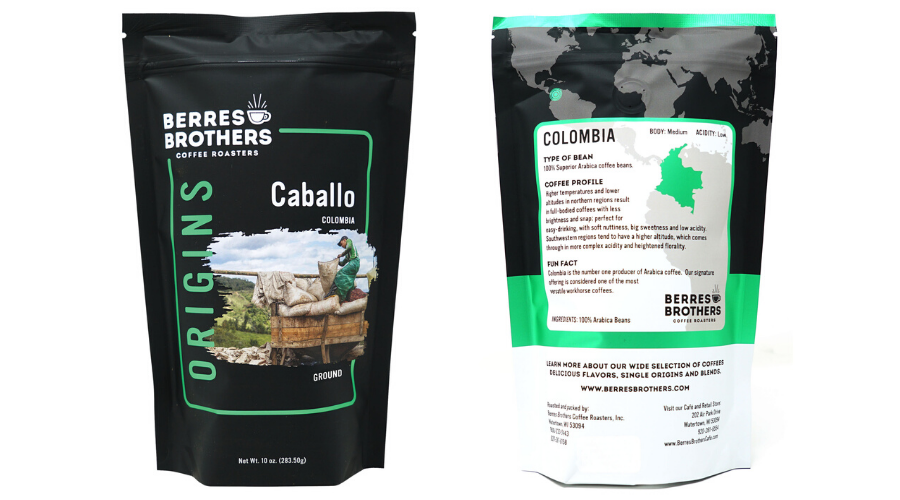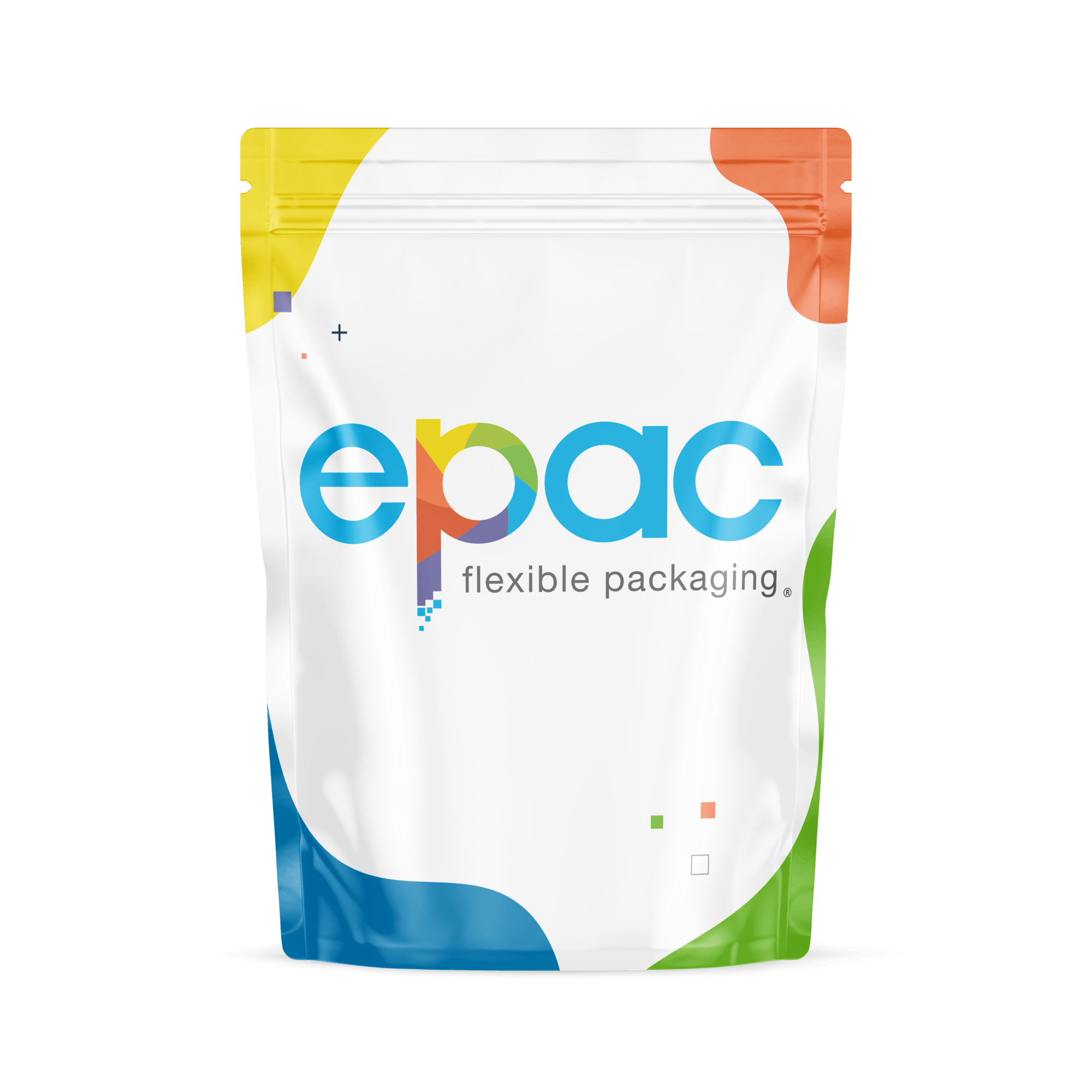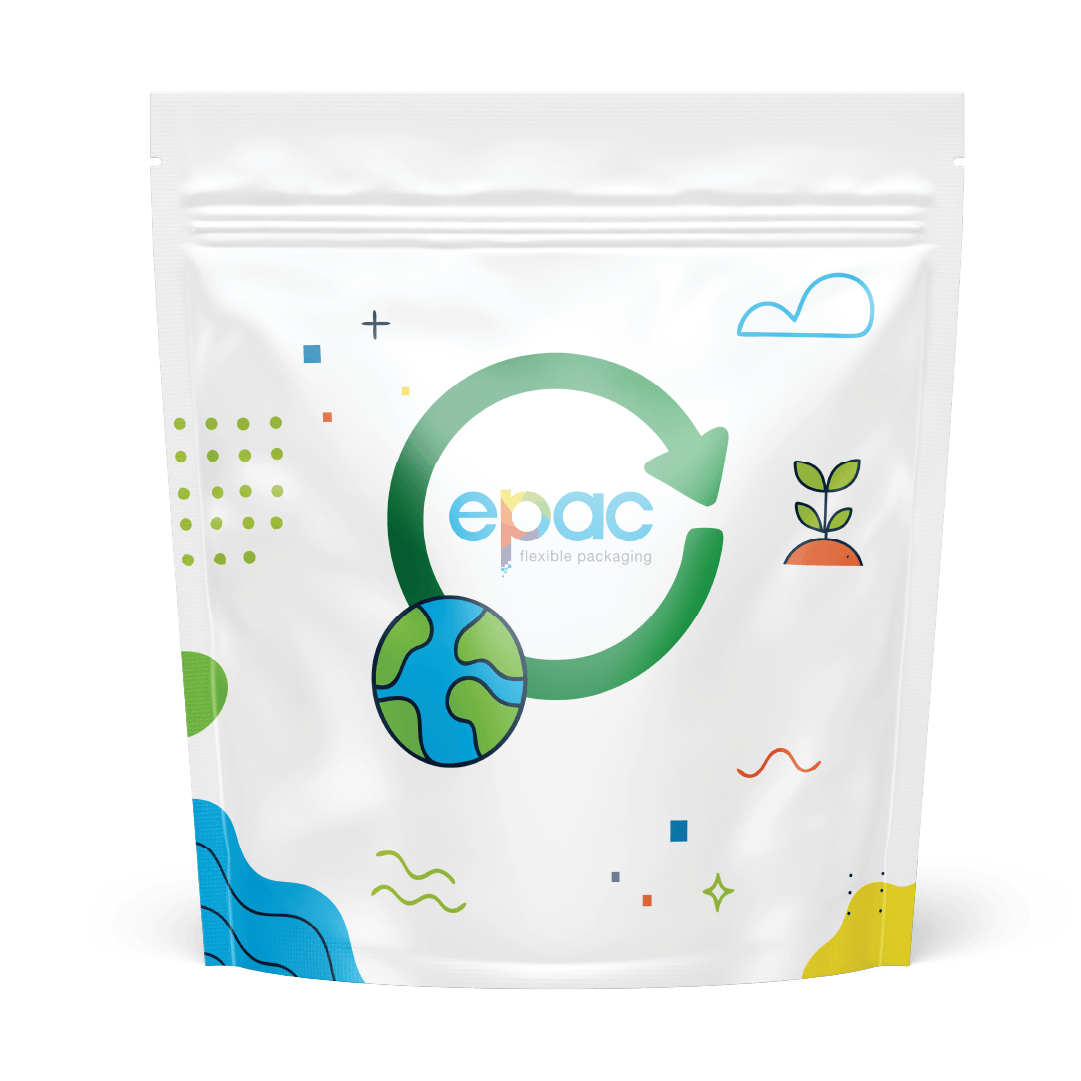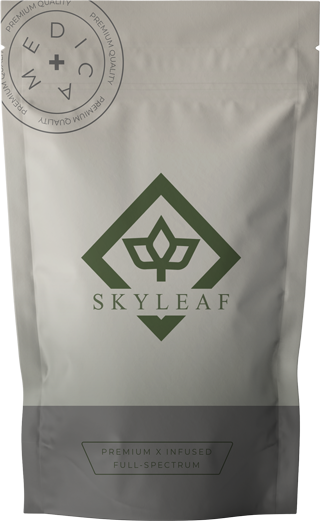Whether you take your coffee hot or cold, black or in frappuccino form, nearly everyone can agree that a good cup of joe can brighten their day. And brand owners in the coffee space know this well.
Knowing the must-haves of a great coffee package, as well as the trends in the industry, will help you create the best coffee package for your brand. Read on for a glimpse into what’s driving growth in the segment, the common packaging and design options available, and why freshness is key.
Current Coffee Trends

As the coffee industry continues to see growth, two trends, in particular, are worth highlighting:
- While coffee is popular among people of all ages, Technavio reports that millennials make up the key target audience and that they have become increasingly willing to spend more money on coffee beverages, specifically organic coffee.
- Coffee consumers are becoming increasingly aware of the health benefits and environmental impact of the products they buy. That’s why ethically sourced coffee, as well as sustainable coffee packaging, are two growing trends within the segment. In fact, Mintel reported that coffee brands will need to deliver on ethics and the environment – or see their sales drop.
The takeaway: creating a generation-specific marketing strategy, paired with a focus on sustainability, are important drivers when it comes to developing your brand’s packaging.
Breaking Down Coffee Packaging
Let’s start by looking at the different coffee packaging formats. In today’s retail space, there are several different packaging formats that brands use. These include coffee cans, single-serve capsules or pods, pouches and more traditional bags.
Coffee bags and pouches, in particular, work particularly well in protecting the coffee from the outside environment (think air, moisture, etc), while prolonging the freshness of the coffee inside.
If your brand is looking to pouches or bags, then it’s important to note that there are four common pouch styles including the side fold bag, quadro seal bag, doypack, and the box pouch (or flat bottom bag).
- Side Fold Bag
Perhaps the most common style is the side fold bag, which is a rectangular-shaped bag that does not stand up on the shelf. The bag is closed by rolling down the top, or folding it, and then using an adhesive strip or tin tie to close.
- Quadro Seal Bag
While the quadro seal bag is similar to the side fold bag, it has a big differentiator in that all four corners are sealed. This gives the bag a square shape, and allows it to be equipped with a zipper closure.
- Box Pouch / Flat Bottom Bag
The box pouch is similar to the quadro seal bag, but with a flat bottom. Because of this, it can stand up on the shelf and can come in various sizes, and reclose options, including a zipper or fold down style.
- Stand Up Pouch / Doypack
The stand up pouch, also known as the doypack, is a newer packaging design to the coffee market. Regardless of fill weight, stand up pouches can stand up on the shelf due to the preformed gusset. Stand up pouches also typically come equipped with a resealable zipper for added consumer convenience.
Keeping Coffee Airtight
Regardless of which style you ultimately choose for your coffee pouch package, it’s important to remember that it must be airtight to keep your beans or grounds fresh. Coffee is sensitive to the external environment and should be kept in an airtight package through the entire life of the product.
The first way to ensure this is through the use of a degassing valve, which lets CO2 out of the bag after the beans are roasted. It’s also a good idea to use high-barrier packaging to retain the coffee’s rich flavors and aromas. High-quality barrier film works to keep oxygen, light, and any odors from seeping into, or out of, the bag.
Once in the consumer hands, a reseal option further aids in maintaining the coffee’s freshness. A zipper is a great option for pouches since they create a strong closure to keep air out and freshness in, while providing added convenience for the consumer.
The Impact of a Great Coffee Packaging Design
Lastly, consider how design and graphics can help tell your brand story and share relevant information, including sourcing, region, brewing instructions, and more. You may opt for a simple, minimalist design that boasts a clean look, or a highly artistic look that works to tell a story through pictures.
Either way, within the design, consider using special features like QR codes and interactive graphics so the conscientious consumer can learn more about the origin of the coffee, verify authenticity, read up on sustainable and ethical company practices, or connect with your brand online. Many coffee brands are already adopting this practice to let consumers see the full coffee farming and roasting process. Even the coffee giant, Starbucks, is on board with product traceability. Starbucks has created a coffee traceability feature for its mobile app that will eventually allow customers to trace the journey of Starbucks packaged coffees.
Digital pouch printing allows brands of all sizes to print these special graphics and codes easily and simply, all with photo-quality images each time. With digital printing, brands can also take advantage of using variable data printing (VDP) in which elements such as text, graphics, and images may be changed from one printed piece to the next.
Partnering with a Coffee Packaging Manufacturer
As you look to create the right coffee pouch for your brand, remember that your packaging is oftentimes the first time a consumer is engaging with your brand. Ensuring your packaging is well-designed and functional is key.
Looking to partner with a trusted coffee packaging manufacturer? Call us today, or request a quote, and we can walk you through creating a quality package for your ground coffee or coffee beans.



